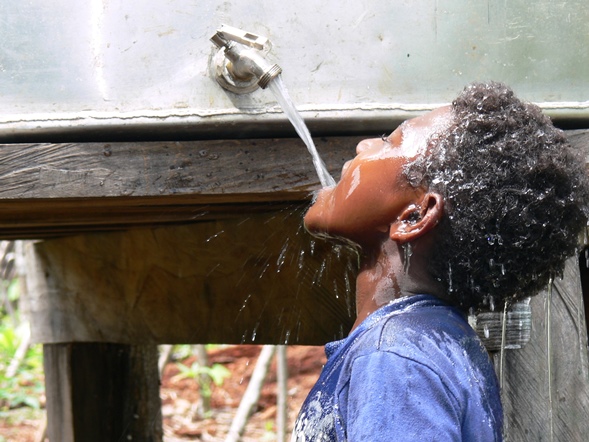It is home to around 610,000 people, making it one of the region’s more populous countries.
Earliest evidence of human occupation in Solomon Islands dates back 30,000 years. In 1568, Spanish explorer Alvaro de Mendana de Neira sighted the islands in 1568 and named them The Islands of Solomon. Whalers, traders and missionaries began to visit the archipelago during the nineteenth century.
Our relationship
New Zealand’s relationship with Solomon Islands has developed over many years of close association. New Zealand and other allied troops fought in the bloody Guadalcanal campaign of World War II from January 1942 to August 1945. Many prominent Solomon Islanders, including current politicians, constitutional post holders and senior public servants, have completed secondary or tertiary studies in New Zealand.
Solomon Islands experienced internal conflict (known as ‘The Tensions’) between 1998 and 2003. This was followed by the 14-year Regional Assistance Mission to the Solomon Islands (RAMSI), during which around 2,000 New Zealanders were deployed alongside Australia and Pacific Island countries to stabilise the economy, government, and re-establish law and order. RAMSI concluded at the end of June 2017.
Outlook
Solomon Islands has made significant gains in the last decade. However, the government continues to face major development challenges.
The economy is heavily reliant on unsustainable logging. In addition, fishing and agriculture (copra, palm oil and cocoa) are the mainstays of the economy. There are increasing opportunities for sustainable growth in tourism and labour mobility, both of which are small but growing sectors. Continued improvements in economic governance are essential for growth and stability, but long-term change is dependent on major and sustained improvement to the provision of education and healthcare.


